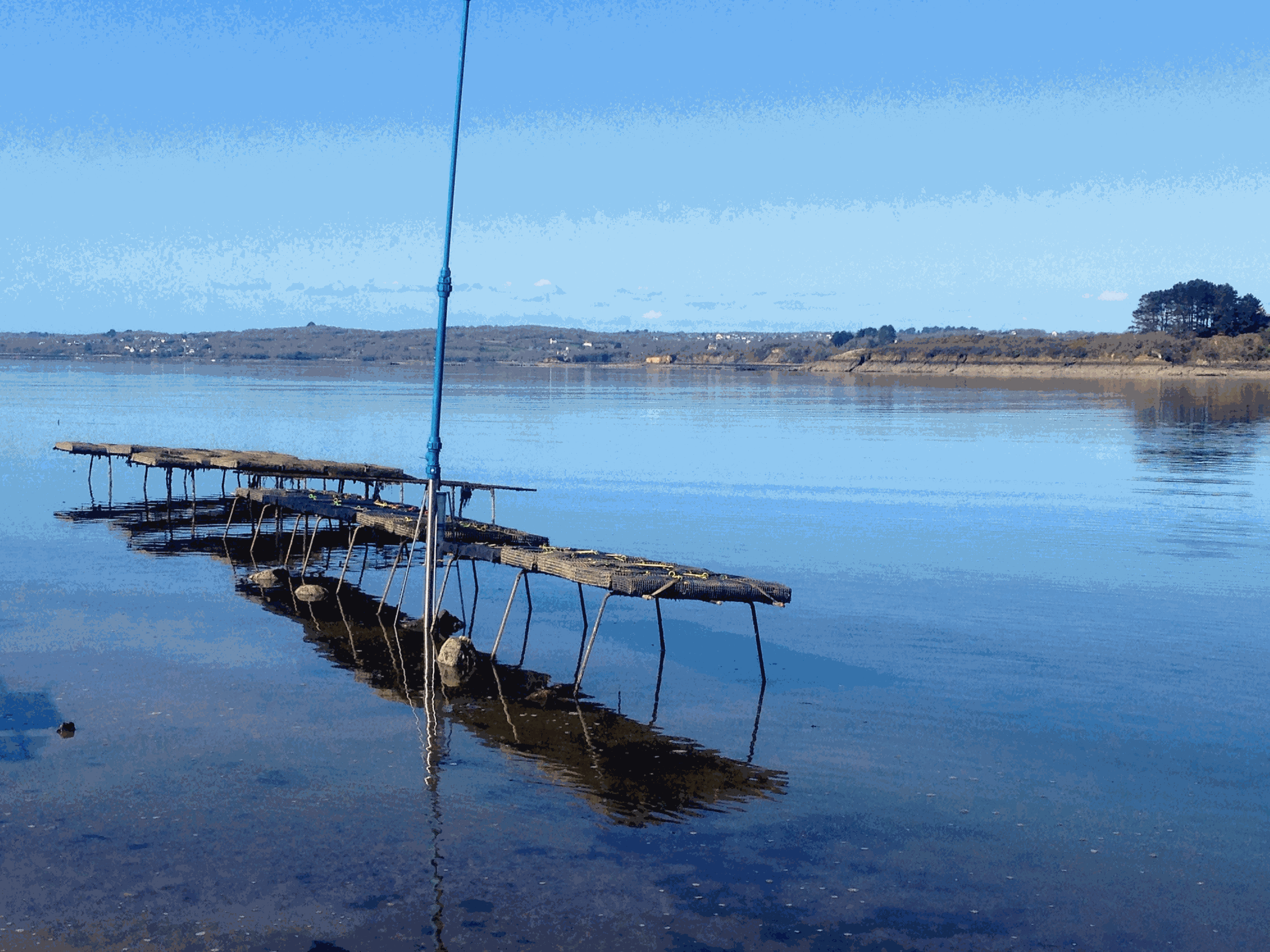High frequency
Type of resources
Available actions
Topics
Keywords
Contact for the resource
Provided by
Years
Formats
-

The SAPERCHAIS program (Suivi des Apports marins et terrigènes dans la mer des PERtuis CHarentAIS) was developed to monitor environmental fluctuations in the Pertuis Charentais Sea by an hydrological watchfulness. Seven stations, representatives of terrigenous or marine inputs, have been followed from 2011 to 2014. From north to south, the main four rivers of the Pertuis, Le Lay, La Sèvre, Charente and Seudre, and the three maritime inputs of each strait, Breton, Antioche and Maumusson. At each station, temperature and salinity were recorded in situ, just below the surface, with a high frequency resolution (10 minutes) . This work was supported by grants from Région Poitou-Charentes and European Regional Development Fund to the Ifremer "Developpement Durable de la Pêche et de la Conchyliculture" project.
-

Based on the consolidation of the Ifremer networks RESCO (https://doi.org/10.17882/53007) and VELYGER (https://doi.org/10.17882/41888), the general objective of the ECOSCOPA project is to analyze the causes of spatio-temporal variability of the main life traits (Larval stage - Recruitment - Reproduction - Growth – Survival – Cytogenetic anomalies) of the Pacific oyster in France and follow their evolution over the long term in the context of climate change. The high frequency environmental data are monitored since 2010 at several stations next to oyster farm areas in eight bays of the French coast (from south to north): Thau Lagoon and bays of Arcachon, Marennes Oléron, Bourgneuf, Vilaine, Brest, Mont Saint-Michel and Veys (see map below). Sea temperature and practical salinity are recorded at 15-mins frequency. For several sites, fluorescence and turbidity data are also available. Data are acquired with automatic probes directly put in oyster bags or fixed on metallic structure at 50 cm over the sediment bottom, except for Thau Lagoon whose probes are deployed at 2m below sea surface. Since 2010, several types of probes were used: STP2, STPS, SMATCH or WiSens CTD from NKE (www.nke-instrumentation.fr) and recently ECO FLNTU (www.seabird.com). The probes are regularly qualified by calibrations in the Ifremer coastal laboratories. Precision estimated of the complete data collection process is: temperature (±0.1°C), salinity (±0.5psu), in vivo fluorescence (±10%), turbidity (±10%). The data are qualified into several levels: 0-No Quality Check performed, 1-Good data, 2-Probably good data, 3-Probably bad data, 4-Bad data, 5-Value changed, 7-Nominal value, 8-Interpolated value, 9-Missing value.
 Catalogue PIGMA
Catalogue PIGMA